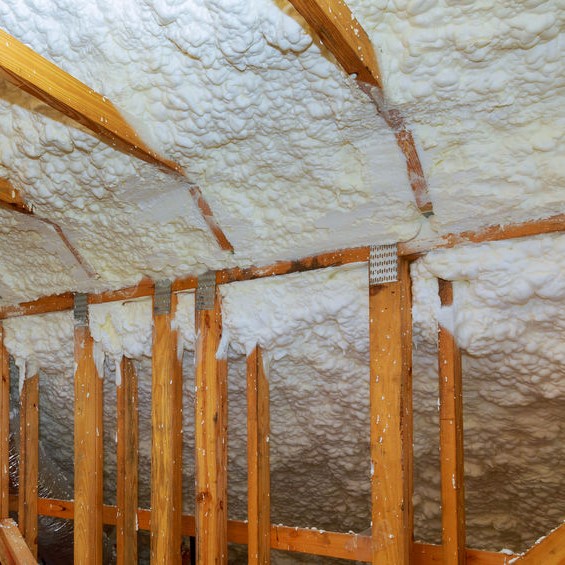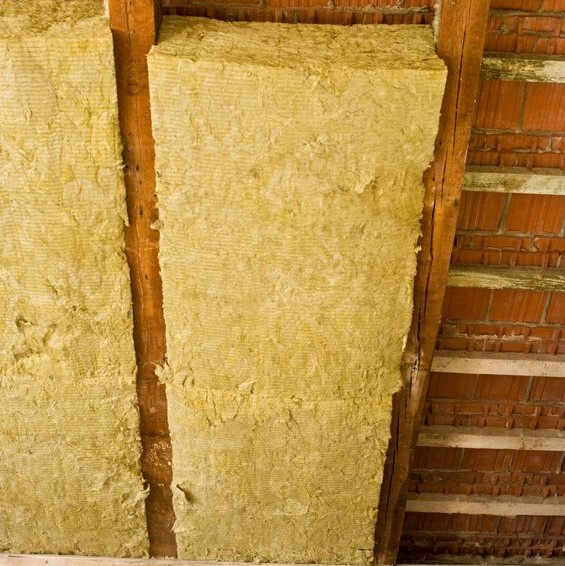
How effective is roof insulation?
The winters can get bitterly cold here in Tennessee, and the summers can get blistering hot. This means the cooling and heating system in your home has to work hard to keep your home comfortable. One of the best things you can do to help that is with roof insulation.
Roof insulation isn’t the only part of keeping your home cool and warm as needed though. Roof insulation and ventilation in the attic are needed to make sure that the roof insulation does it work. Okay, so just how effective is roof insulation?
Energy costs are a concern for everyone unless you’re vastly wealthy, but even at that, do you really want to make the energy companies richer (unless that is part of your vast wealth)? Utilities are a big chunk of everyone’s budget, so you do what you can to minimize that hit and avoiding energy loss is one of the best ways to conserve the energy and save money. There are several benefits to roof insulation:
- Energy Efficiency Equals Cost-Efficiency: There is approximately 30% of the heat in your home going through the roof right now, and that is blowing money through the roof too. With a professional roof insulation job, you’ll keep that heat in the house where it’s needed and save money over time too.
- Additional Protection: Roof insulation will prevent damage from ice dams and moisture build up over time. In the long run, this is another money saver.
- Lessen Carbon Footprint: Professional installation with efficient insulation will reduce the CO2 emissions, lessening your carbon footprint.
- Prevents Mold Growth: Roof insulation is a great tool in preventing mold from forming because it manages the moisture and temperature.
What thickness should roof insulation be?
For keeping your home cool in the summer and warm in the winter, the higher the R-Value, the better the insulation performance. Remember, you’re not only insulating the attic for temperature purposes, but you also need your roof insulation to stop condensation too.
If you think that your home may be one of the 90% of under-insulated homes in the United States, then a simple inspection can confirm that for you. Go to the attic and inspect the current roof insulation’s condition then calculate the level in place now.
Depending on where you are in the country will determine the proper amount of roof insulation and for Tennessee, the ideal recommendation is 3 to 4 inches of R-38 to R-60. The older the home, the more insulation is needed to meet the recommendations set by the U.S. Department of Energy. Yes, the thicker the insulation, the more it will cost, but the more it will save you too.
Can you insulate against a roof?
You should insulate the ceiling first for a few reasons:
- Keeping the living space temperature regulated.
- Preventing loss of cooled or heated air saves money.
- Preventing moisture damage.
- Insulating the ceiling easier, the insulating roof makes the job faster.
However, if the attic is a living space in your home, spare bedroom, or home office, then you’d want roof insulation first. This means you will insulate above and below the rafters along the roof slope.
Which will provide you the most energy-saving though: Ceiling insulation or roof insulation? A home with a finished attic or roof insulation is better for energy savings. There is less chance of air duct leaks or moisture from ice dams and frost.
Yet, another viewpoint when it comes to insulating the ceiling, one advantage is this can be a weekend DIY job, saving money on professional labor. You can choose a loose-fill type of insulation or roll batts, even insulation boards, and even the highest R-Value is an energy saver.
Do you need an air gap for insulation?
Yes, an air gap for insulation is a must in order to get the benefits of emitting heat, or a reflectivity quality, meaning the air gap provides radiant heat. Without an air gap, radiant heat will not exist, because it has been eliminated by closing off the gap.
The typical recommended air gap is between half-inch and three-fourth inch, although a bigger gap will work well by promoting ventilation on the foil, keeping the air dry, and the temps lower in the air.

Closing Words
If you’re looking for ways to keep your home comfortable and your energy bills reasonable, then consider getting quotes on roof insulation or wall insulation, or both from Burell Built Roofing, LLC by calling 865-238-2628. They each will keep the cool air inside during the summer and the warmed air inside during the winter. So, what is the best insulation for roofs?
The most common roof insulation used is fiberglass batting installed between the attic rafters. Today though, experts in the field have discovered that fiberglass insulation compresses, thus losing its R-value. At that point, it isn’t stopping air leaks anymore. We have better solutions today:
- Spray foam: Referred to as SPF, this Spray Polyurethane Foam is applied between attic rafters and provides air and moisture barrier with a high R-value.
- Rigid foam: Rigid foam insulation comes in panels or sheets in various thicknesses. As an attic roof insulation, it is installed between attic rafters or beneath the attic rafters, and in some cases, both. Rigid foam insulation provides an air and moisture barrier too with an R-value rating.
The type of roof insulation you choose should be based on the climate where you live, the age of your house, and while budget is a concern, remember what the ROI will be over time.